
来源:都市实践 作者:urbanus 日期:2006-08-18
06年5月8日,都市实践合伙人孟岩和王辉应邀去纽约参加由纽约建筑中心和People’s Architecture 联合举办的月度讲座。都市实践和北京的Dynamic City Foundation与People’s Architecture 进行三方对话,讨论中国在当今全球化和城市化浪潮中城市和建筑的状态。
On May 8th, Urbanus partners Yan Meng and Hui Wang joined a lecture held by Center for Architecture, New York and co-hosted by People’s Architecture. The joint presentation between Urbanus and DCF (Dynamic City Foundation), moderated by Bert de Muynck.
http://www.peoplesarchitecture.com
“A PERSPECTIVE ON CHINA ”
by Urbanus Architecture & Design
China’s high speed urbanization always gives an illusion. Especially to the Western participants who are really enthusiastic about Chinese projects. When involved in the construction today, we are building the future of tomorrow. What kind of future can we, as architects, envision for a population that grows faster than its cities?
“Future fast forward” not only indicates the daunting speed of construction for tomorrow, but also implies the rapid emergence of unpredictable problems resulting from speed. When the world is excited and encouraged by ’s speed, the insiders only become more and more concerned. Whether it will be nicer to turn the button from “fast” into “slow”, and change “forward” into “backward”, once we are all targeting for a better future? And if so, what kind of architectural strategy is feasible for a realistic practice that everyday needs to work in a condition that can be circumscribed as a dirty reality?
The joint presentation between Urbanus, a local firm with native designers, and Dynamic City Foundation, a “local” firm with foreign designers, will provide insiders’ views on the issue of “density”, which is an inevitable topic for the future of .
For this sort of density, it is not necessary to be physical, and it can also be the density for ephemeral entities such as events and activities. The density we expect is not the square footage that can directly generate market value, but the density necessary to foster a vivid urban life, and to bond together urban residents who are unfamiliar with each other. These projects can fall into two categories:
One is the new urban parks that are designed to turn the chaotic urban open spaces into living rooms in a dense urban setting. Projects such as Jade Bamboo Garden , Nanyou Shopping and Tangshang Museum Park will illustrate this approach.
The other one is the strategy of breaking a big program into small pieces in order to weave a network of urban life. This approach is illustrated by projects such as the “village amidst the city”, the renovation of OCT factory area into a mixed use neighborhood, Tianjin Old Town Rehabilitation, and Tu-Lou Plan.
Although there is no way for an architect to slow down the speed of the crazy development, the objectives of these designs still can be achieved through introducing the slow space in the whole urban system. This to enjoy the beauty of metropolitan density. By the means of de-congestion, “slow down” is not opposite to “fast forward”, but is to make this “forward” more humane and joyful.
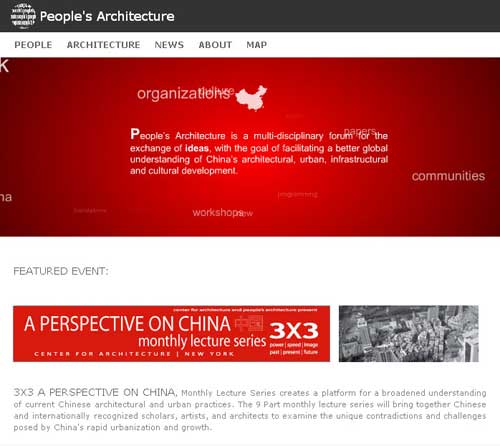
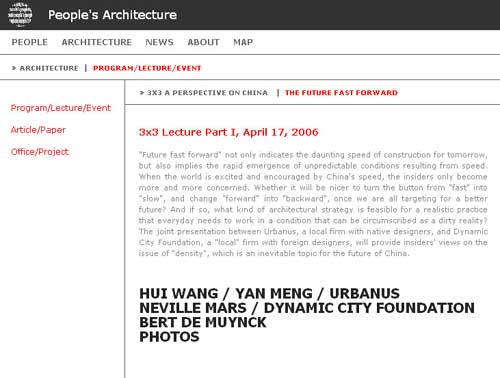
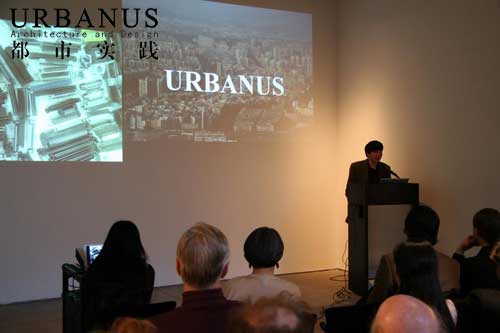
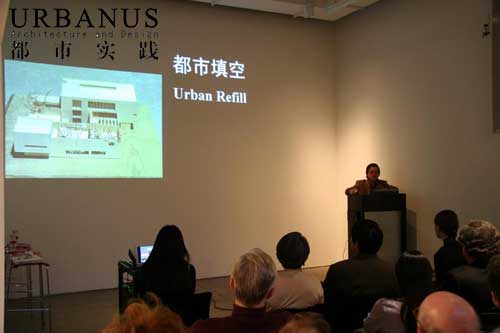
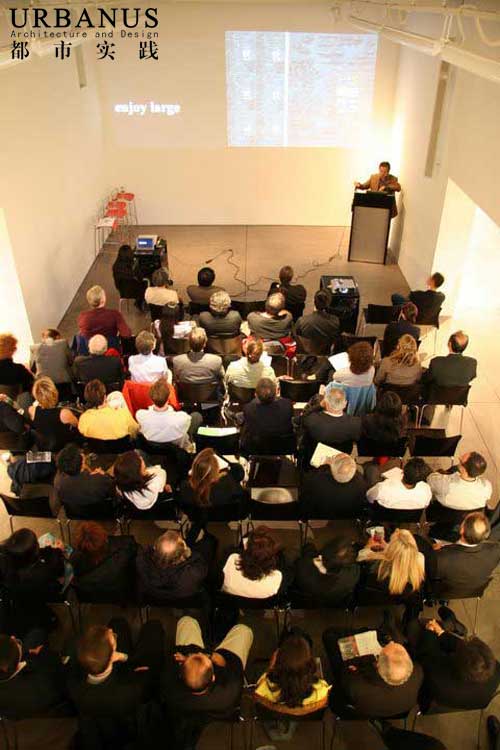
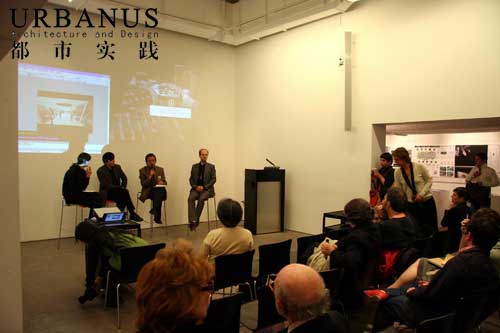
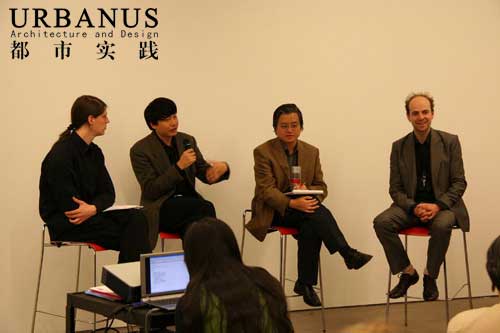




所有评论